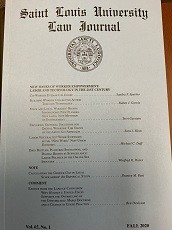JJ Willems

Author Summary
Two cases of uterine injury complicating midtrimester abortion induced by hypertonic saline are described, one with an extensive laceration of the cervix and the other with a rupture of the lower uterine segment extending into the vault of the vagina. The etiology, diagnosis and possible obstetric sequelae are discussed. With the increasing number of therapeutic abortions being performed in North America there is a concomitant increase in associated complications being reported in the literature. This report describes two of the more uncommon and potentially more important complications encountered when amnioinfusion is employed for the induction of midtrimester abortion. [Details of 19 year old and 15 year old patients at 16 and 18 weeks gestation respectively].
Willems J. Uterine injuries complicating hypertonic saline abortion. Can Med Assoc J. 1974 Dec 07;111(11):1223-1226.

